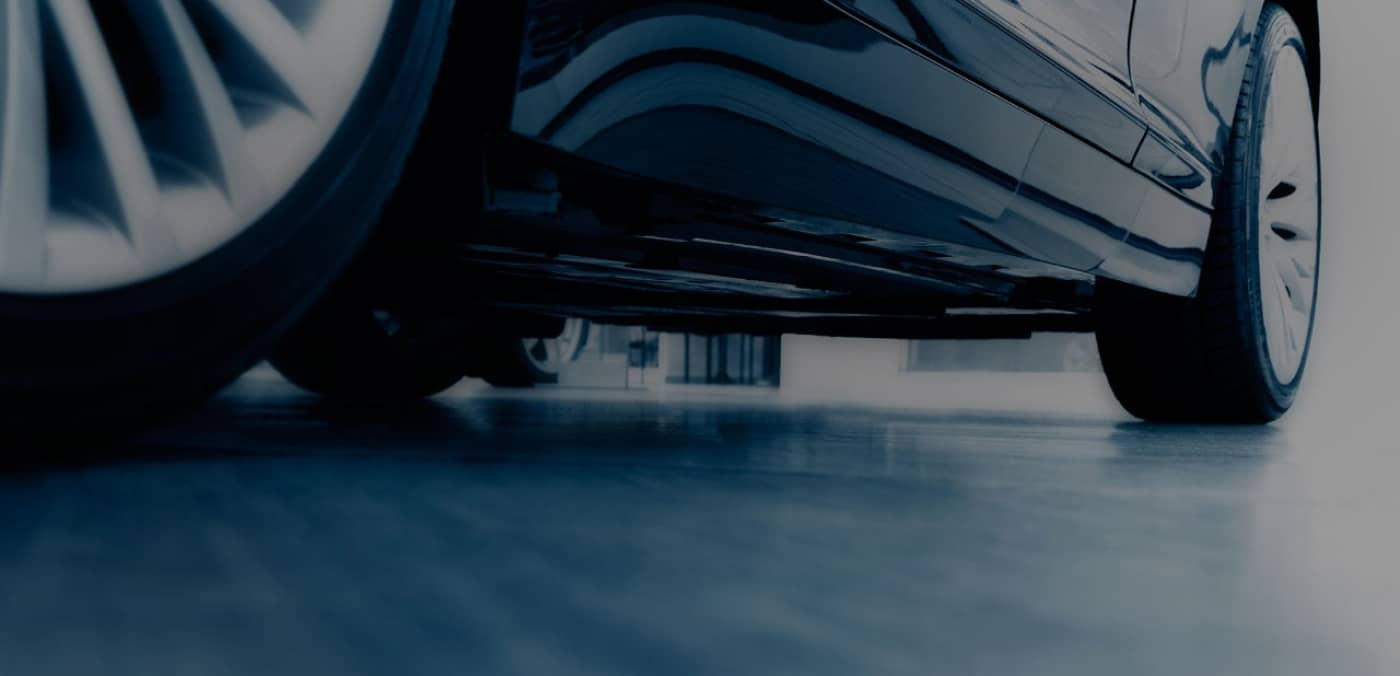

How do they work? Unlike regular tires that use air to hold up your car, the sidewalls of RFT are reinforced with rubber inserts. So, they are being used since then, but run-flat tires (RFT) are now more popular than ever because of their excellent benefits. The first projects were far from being efficient, so only a few prototype vehicles got equipped, at that time, with such a tire. The RFT is more than the 30-year old concept, but the technology can be traced back to 1892 when the first patent was officially registered and the Run-flat tires was introduced in the 1930s. Also, reduce the dangers of a potentially dangerous tire blowout due to their unique construction. That means, in the event of a punch, you can continue driving without having to change the tire - which could be enough to get you home or to a garage. RFT for vehicles are designed to withstand the effects of puncture or loss in air pressure and allow the car to continue to drive at low speed. In this article, we’re going to take you through everything you need to know about Run-flat tires, including what they are and how they work. With Run-flat tires, should a puncture occur, the driver can safely continue their journey at a reduced speed until there is a safe place to fix the tire. Run-flat tires are specifically designed to minimize the inconvenience and danger caused by damage or punctures due to their reinforced structure. It also puts you in added danger while changing the tire on the roadside. The flat tire often happens at the most inopportune time or place. With regular tires, a puncture generally means you lose steering control. Just one stray nail or screw can cause a flat tire and send you to the side of the road. The space between your tires and the road can be a precarious place. Bridgestone run-flat tires will allow continued operation even after a loss of some or all inflation pressure for up to 50 miles (80 km) at a maximum speed up to 50 mph (80 km/h.) Check the manufacturer’s specifications to find out how fast and how far you can drive on your run flat tires. You can’t drive on them indefinitely, though. Run-flat tires are tires on which you can continue driving after a puncture so you can take time get to an auto shop or find a safe, level area to change your tire.


 0 kommentar(er)
0 kommentar(er)
